Determining and Proving Liability in Personal Injury Lawsuits
In the intricate landscape of personal injury law, the determination and proof of liability stand as the cornerstone of justice for those injured due to another's negligence or intentional act. This process, underpinned by complex legal principles and nuanced evidence evaluation, plays a pivotal role in the resolution of disputes and the provision of compensatory relief. Yet, maneuvering the intricacies of establishing fault—whether through negligence, strict liability, or intentional tort—demands a meticulous approach and a deep understanding of legal mechanisms. As we explore further, the strategic considerations and challenges that legal professionals face in these endeavors will come to light, revealing the critical importance of expertise in achieving favorable outcomes.

Key Takeaways
- Proving liability involves establishing negligence, which requires showing duty of care, breach, causation, and damages.
- Types of liability in personal injury cases include negligence, intentional tort, and strict liability.
- Defenses against personal injury claims can include contributory negligence, comparative negligence, and assumption of risk.
- Hiring a personal injury attorney is crucial for navigating state-specific laws and effectively proving liability in court.
Understanding Personal Injury
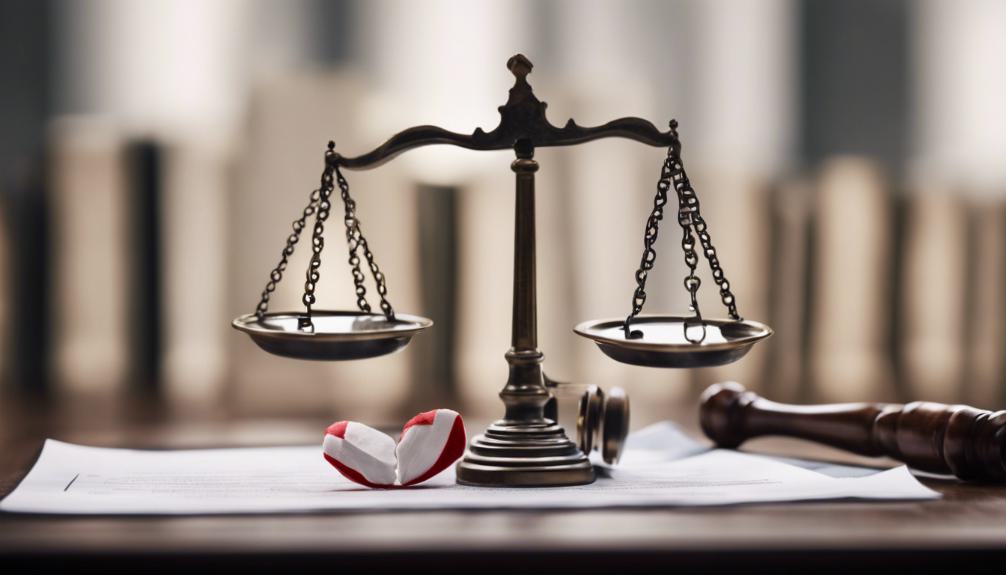
Personal injury, encompassing a wide array of accidents and incidents that result in physical or emotional harm, necessitates a thorough understanding for those seeking redress for their injuries. Defined broadly, personal injury law aims to provide a legal remedy for individuals who have suffered harm due to the actions or negligence of another party. Examples of such cases include, but are not limited to, vehicle accidents, workplace mishaps, slip and fall incidents, and medical malpractice. Annually, approximately 31 million people in the U.S. require medical treatment due to personal injuries, highlighting the prevalence of these occurrences. Within this legal context, the injured party, often with the assistance of a personal injury attorney, seeks compensation for the losses incurred, including medical expenses, lost wages, and pain and suffering.
The Role of Liability
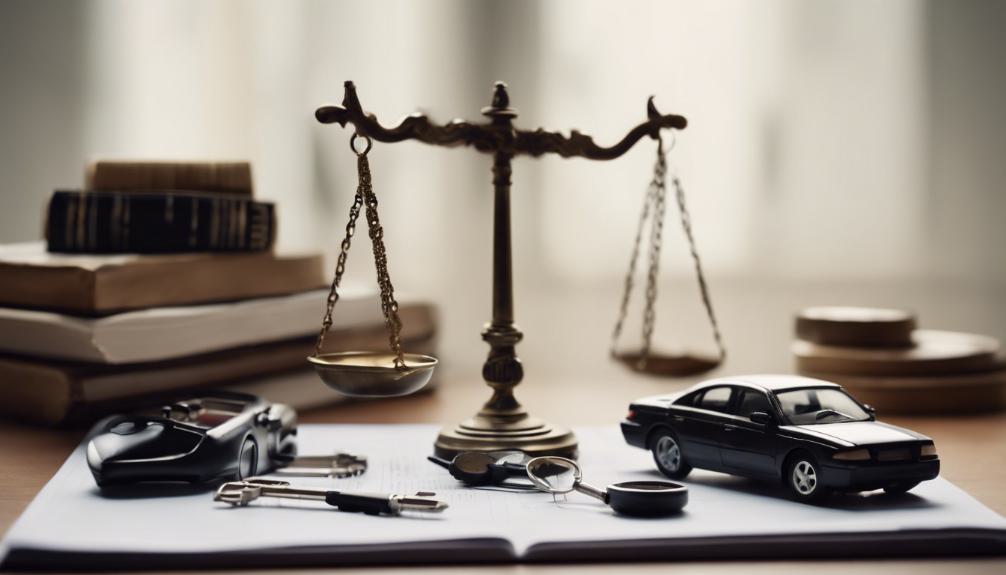
At the heart of personal injury cases lies the critical concept of liability, which determines the responsibility for the harm incurred. The establishment of liability is the cornerstone in securing compensation for the injured party. It involves demonstrating that the defendant owed a duty of care to the plaintiff, breached that duty, and directly caused the injuries sustained. This process requires a nuanced understanding of legal principles, including negligence, strict liability, and intentional torts. Each category of liability necessitates a different approach to prove fault. For instance, negligence liability hinges on carelessness, while intentional torts involve deliberate wrongdoing. Strict liability, conversely, does not require proof of negligence, focusing instead on the mere occurrence of the harmful act. Proving liability is paramount, necessitating meticulous legal strategy and evidence collection.
Injury Statistics in the U.S

Annually, approximately 31 million Americans seek medical attention for injuries, underscoring the significant impact of accidents on public health. These figures not only highlight the prevalence of accidents across the nation but also emphasize the necessity for effective legal frameworks to manage the consequences of such incidents. Injuries, ranging from minor to severe, can arise from various scenarios including workplace accidents, road traffic collisions, and public or private property incidents. The diversity of these situations illustrates the complex nature of personal injury cases and the importance of understanding the different types of liability involved. As a result, the need for skilled legal professionals to navigate these complex cases is paramount, ensuring that victims receive the compensation and justice they deserve.
Choosing a Personal Injury Attorney
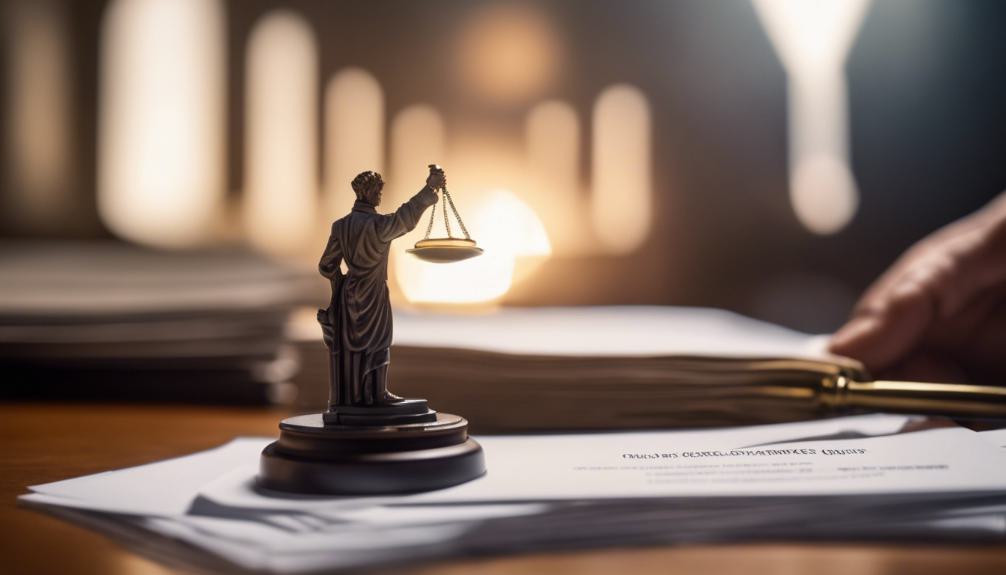
Selecting the right personal injury attorney is a critical step for individuals seeking justice and compensation for their injuries. The choice of an attorney can greatly influence the outcome of a case, making it essential to contemplate their experience, expertise in personal injury law, and track record of success. A proficient attorney should not only have a deep understanding of the legal landscape but also possess the ability to empathize and communicate effectively with their clients. It's advisable to review testimonials, seek recommendations, and schedule consultations to assess compatibility and legal strategy. Ultimately, the attorney's commitment to advocating for your rights and their capability to navigate the complexities of personal injury law are paramount in achieving a favorable resolution.
Defining Negligence

Understanding the role of a personal injury attorney lays the groundwork for grasping the concept of negligence, a cornerstone in personal injury law. Negligence is defined as the failure to behave with the level of care that someone of ordinary prudence would have exercised under the same circumstances. It involves actions that are carelessly performed or omitted, which directly harm another party. In personal injury cases, proving negligence is essential for establishing liability and securing compensation for the injured party. This legal concept is pivotal because it centers on the idea that individuals must exercise reasonable care to avoid causing harm to others, encapsulating a broad range of behaviors from simple oversight to gross carelessness.
Elements of Proving Negligence
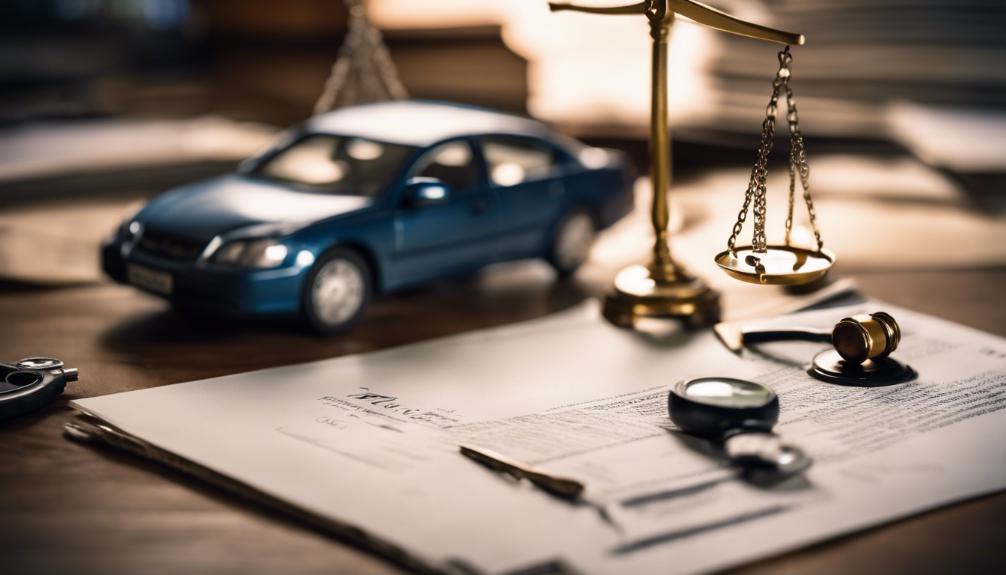
To establish negligence in a personal injury case, plaintiffs must convincingly demonstrate four key elements: duty of care, breach of that duty, causation, and damages. The duty of care refers to the legal obligation to avoid causing harm to others. Breach of that duty occurs when an individual fails to meet this standard of care. Causation links the breach directly to the injuries sustained by the plaintiff, showing that the negligence was the critical cause of the harm. Finally, damages refer to the actual losses incurred by the plaintiff, which can include medical expenses, lost wages, and pain and suffering. Successfully proving these elements is necessary for a plaintiff to recover compensation in a negligence-based personal injury lawsuit.
Understanding Negligence Per Se
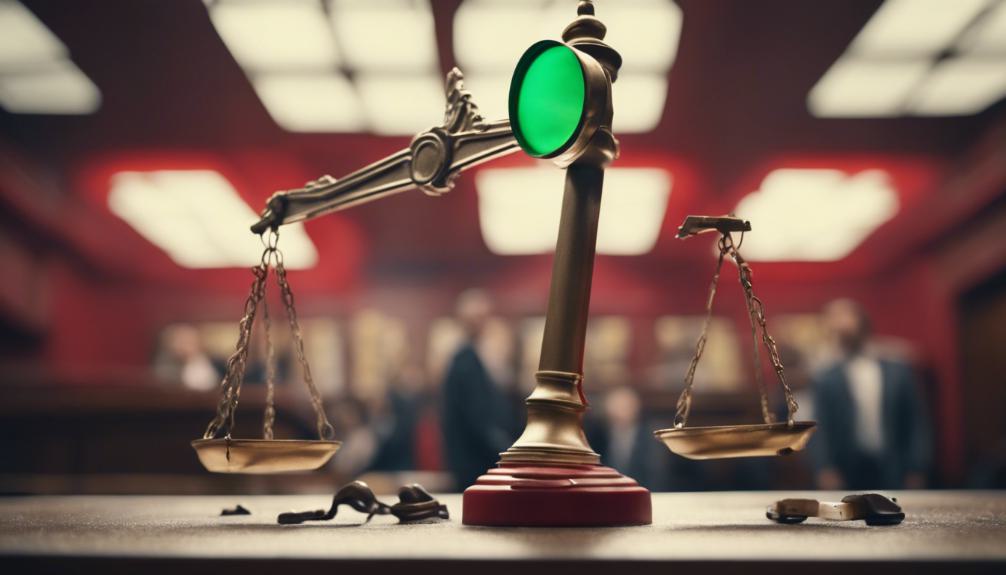
Having explored the fundamental elements required to prove negligence in personal injury cases, we now examine negligence per se, a legal doctrine that simplifies the process of establishing liability when a defendant's actions violate a law designed to protect the public. This doctrine presumes negligence when an individual breaches a safety law, thereby eliminating the need for the plaintiff to prove the traditional elements of negligence such as duty of care and breach of duty. Instead, the focus shifts to proving the law was broken and that this violation caused the injury. This streamlined approach benefits plaintiffs by reducing the complexity and burden of proof, making it easier to secure justice when laws intended to prevent harm are ignored.
Negligence Vs. Other Liabilities

In personal injury law, distinguishing between negligence, strict liability, and intentional tort liability is important for accurately attributing fault and proving liability. Negligence involves a failure to exercise the level of care that a reasonably prudent person would under similar circumstances, leading to harm. This contrasts with strict liability, where fault is assigned without needing to prove negligence or intent, merely that the defendant's actions or product caused harm. Intentional tort liability, on the other hand, arises from actions undertaken with the intention of causing harm or with knowledge that harm was likely. Understanding these distinctions is vital for developing a legal strategy, as the type of liability affects both the approach to proving fault and the potential defenses available.
Types of Negligence Liability

Understanding the distinctions between negligence, strict liability, and intentional tort liability lays the foundation for exploring the nuances of negligence liability in personal injury cases. Negligence liability arises when an individual fails to exercise a level of care that a reasonably prudent person would in similar circumstances, leading to harm or injury to another. This form of liability is central to many personal injury lawsuits, as it requires the plaintiff to prove that the defendant's lack of reasonable care directly caused their injuries. Key elements include establishing a duty of care, demonstrating a breach of this duty, proving causation, and quantifying damages. Unlike strict liability, negligence does not assume liability without fault, and it significantly differs from intentional torts, which involve deliberate actions.
Exploring Intentional Tort Liability
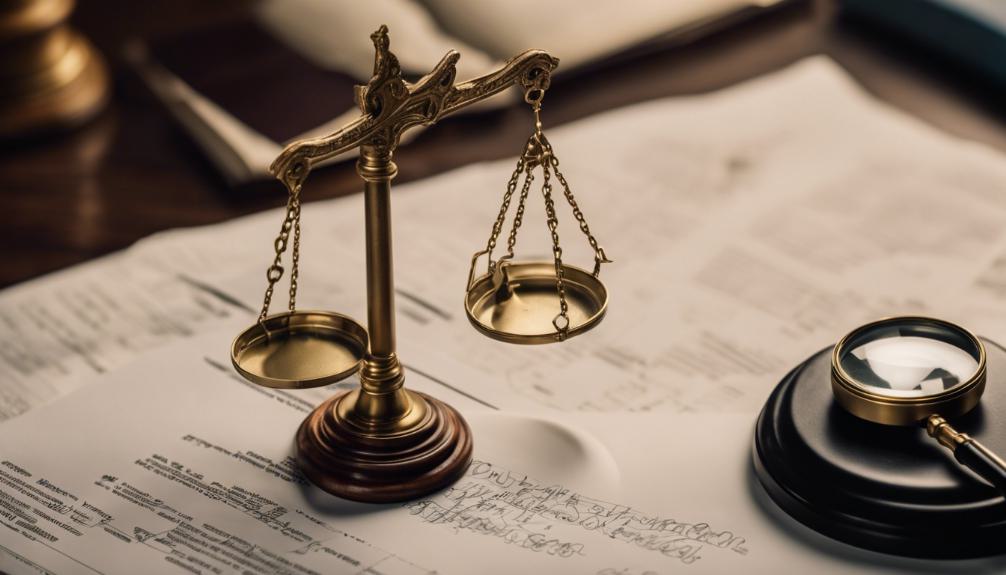
Exploring intentional tort liability reveals a domain where wrongful acts causing injury are committed with purposeful intent, distinguishing it markedly from negligence or strict liability cases. In these instances, the perpetrator's deliberate actions—ranging from assault, battery to fraud—form the crux of the matter. Proving liability in intentional tort cases requires demonstrating that the defendant intentionally performed an act leading to the plaintiff's harm. This intentional aspect sets a higher bar for evidence than in negligence cases, where the focus is on carelessness rather than deliberate wrongdoing. Legal defenses such as consent, self-defense, or defense of property may be invoked, complicating the plaintiff's path to proving intent and securing compensation for injuries suffered due to intentional acts.
The Principle of Strict Liability
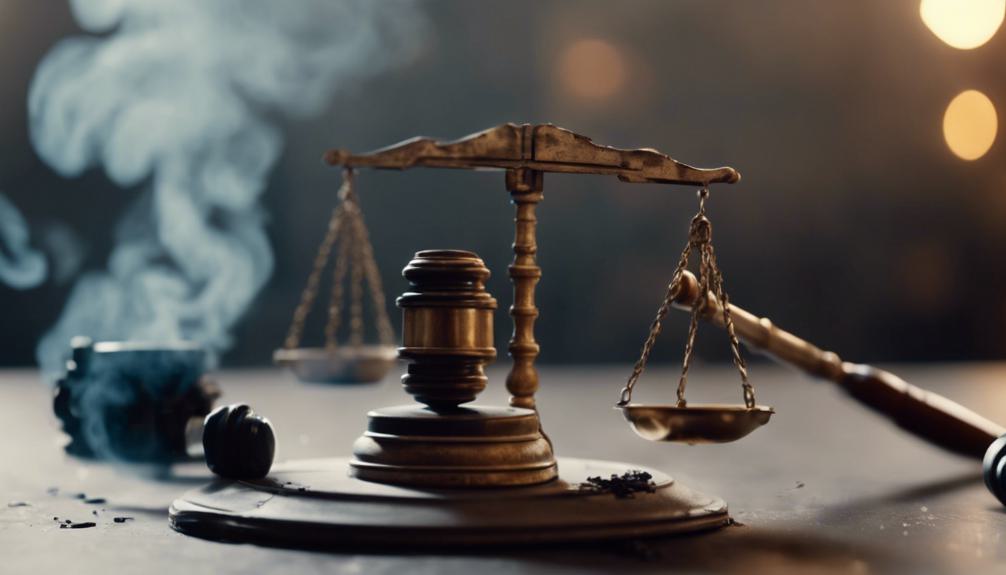
The principle of strict liability holds individuals or entities accountable for damages or injuries caused by their actions or products, regardless of intent or negligence. This legal concept is particularly relevant in cases involving defective products, abnormally dangerous activities, or certain types of animal attacks. Under strict liability, the plaintiff does not need to prove that the defendant was negligent or had any intent to cause harm. Instead, the focus is on whether the defendant's conduct resulted in the injury or damage. This shifts the burden of proof greatly, making it easier for victims to claim compensation. Strict liability aims to make sure that those who engage in potentially harmful activities or manufacture products take full responsibility for any consequent damages, encouraging higher standards of safety and care.
Common Defense Strategies
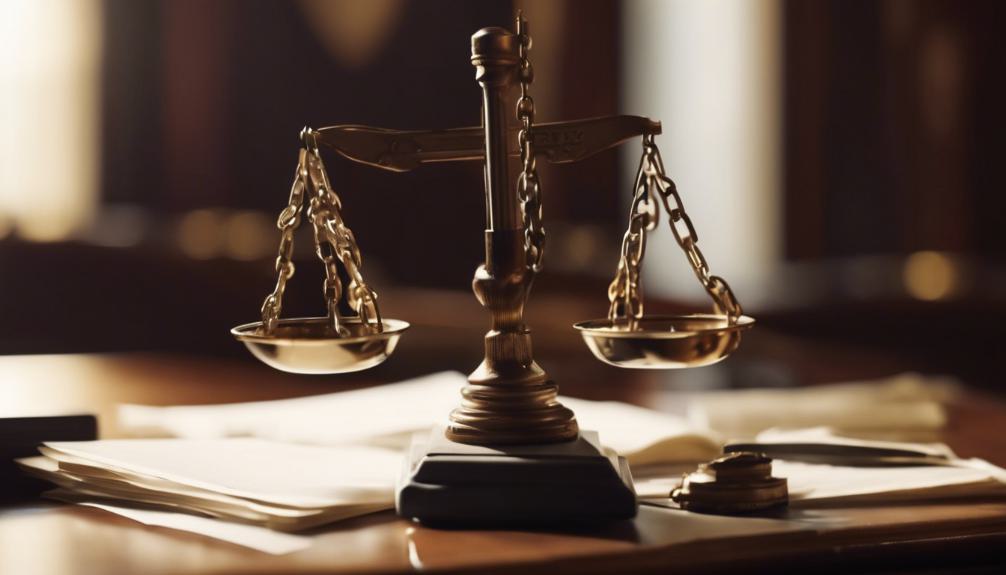
How do defendants in personal injury cases navigate the complex landscape of legal defenses to mitigate or entirely avoid liability? Common defense strategies are important for defendants aiming to counter claims of negligence or intentional harm. One widely used defense is claiming the plaintiff's contributory negligence, suggesting the plaintiff had a role in their own injury, potentially reducing the defendant's liability. Comparative negligence, another strategy, involves arguing that the plaintiff's actions contributed to the accident, therefore adjusting the compensation accordingly. Assumption of risk is also invoked when defendants assert that the plaintiff willingly participated in an activity with known risks. In cases of intentional tort claims, defenses such as self-defense or consent are put forward, challenging the plaintiff's version of events and aiming to exonerate the defendant.
Navigating Legal Defenses
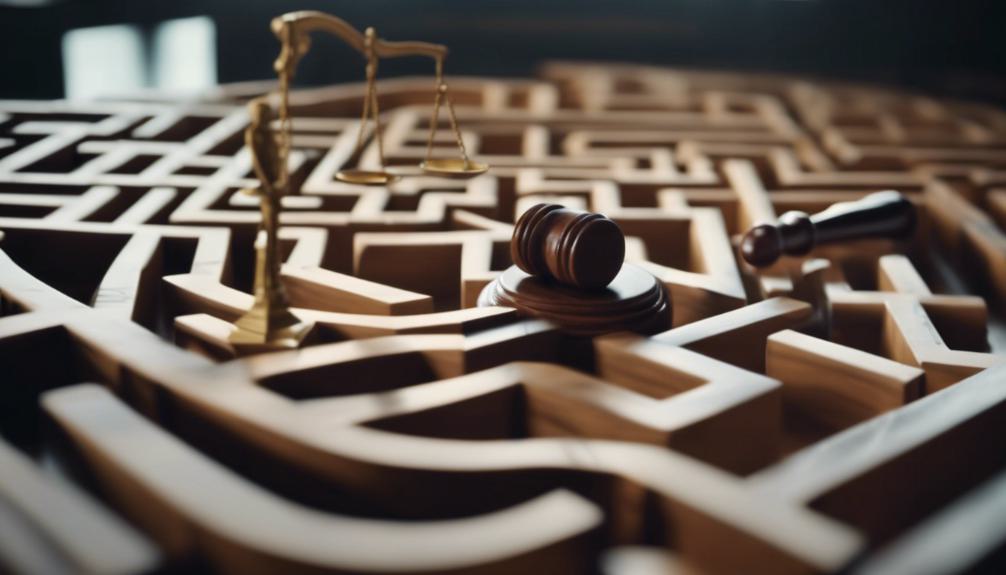
Understanding the various legal defenses available is crucial for defendants in personal injury cases to navigate the complexities of minimizing or negating liability. Among these defenses, contributory and comparative negligence are significant, as they can reduce or eliminate the defendant's responsibility by attributing a portion of the fault to the plaintiff. The assumption of risk defense is also essential, where plaintiffs who voluntarily exposed themselves to a known danger may find their claims weakened or dismissed. For intentional tort claims, defenses like self-defense, defense of property, necessity, and consent offer robust grounds for contesting allegations. Effectively leveraging these defenses requires a deep understanding of legal principles and the ability to present compelling evidence that aligns with the strategic objectives of the defense.
Resources for Injury Victims
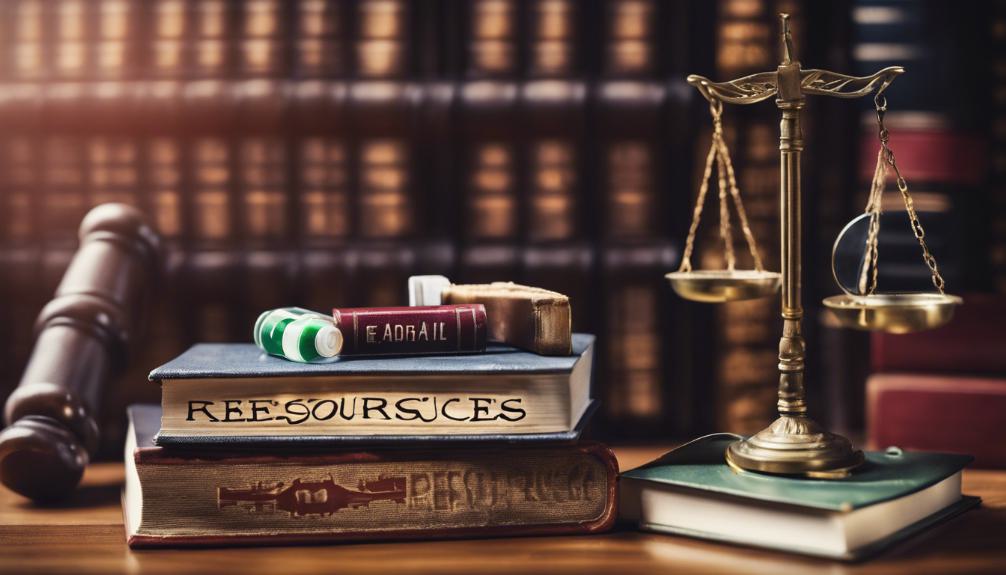
For individuals who have sustained injuries due to another's negligence or intentional act, numerous resources are available to aid in traversing the complex legal landscape. Trustworthy personal injury attorneys play an essential role in steering through the intricacies of proving liability and securing rightful compensation. Free online resources offer valuable guidance, with legal dictionaries and advice platforms providing initial insights into the process. Websites like Expertise.com can be instrumental in identifying highly-rated legal professionals and understanding various aspects of personal injury law. Additionally, community legal aid societies and non-profit organizations often extend support to those unable to afford legal services, ensuring access to justice is not limited by financial constraints. These resources collectively empower injury victims to effectively advocate for their rights and pursue the compensation they deserve.
Staying Informed on Personal Injury Laws

Staying abreast of personal injury laws is essential for individuals maneuvering through the complexities of legal claims following an injury. Personal injury legislation continually evolves, reflecting changes in societal standards, technological advancements, and judicial interpretations. Given that personal injury law encompasses a wide range of incidents—from vehicle accidents and workplace injuries to slips and falls—understanding the nuances of applicable laws in your jurisdiction is critical. This knowledge not only informs your rights and obligations but also enhances your ability to effectively communicate with legal professionals. Engaging with reputable online resources, attending informational seminars, and consulting with experienced personal injury attorneys are proactive steps towards staying informed. These efforts make certain individuals are well-equipped to navigate the legal landscape, making informed decisions throughout their case.
Frequently Asked Questions
How Do Social Media Posts Affect the Outcome of a Personal Injury Lawsuit?
Social media posts can greatly impact personal injury lawsuits by potentially undermining or supporting claims of injury severity and affecting perceptions of credibility, thereby influencing the case's outcome in favor or against the claimant.
Can Pre-Existing Conditions Impact the Amount of Compensation Received in a Personal Injury Case?
Traversing through the intricate maze of personal injury cases, the presence of pre-existing conditions can indeed cast a shadow on the compensation landscape, potentially influencing the amount awarded to the injured party.
How Does the Legal Process Differ When the Injured Party Is a Minor?
When the injured party is a minor, the legal process involves specific protocols, including appointing a guardian ad litem and potentially impacting settlement procedures and the distribution of awarded damages to make certain the minor's protection.
What Role Do Expert Witnesses Play in Establishing Liability in Complex Personal Injury Cases?
Expert witnesses play an important role in complex personal injury cases by providing specialized knowledge that helps establish liability. Their testimony can clarify technical aspects, contributing greatly to the understanding of the case's nuances.
How Does the Statute of Limitations Vary for Personal Injury Cases Across Different States, and What Are the Exceptions?
How does the statute of limitations impact your ability to seek justice? Across states, the time frame for filing personal injury claims varies substantially, with exceptions including the discovery rule and tolling for minors.
Conclusion
To sum up, understanding personal injury law requires a meticulous approach to defining negligence, choosing qualified legal representation, and comprehending the complexities of liability. As injury statistics reveal the vast number of individuals affected annually, the significance of adeptly maneuvering legal defenses becomes paramount. By equipping oneself with the necessary resources and staying informed on pertinent laws, victims can enhance their chances of securing justice. The journey toward proving liability in personal injury lawsuits embodies the pursuit of fairness, the quest for compensation, and the aspiration for accountability.

This post has been generated by AI and was not reviewed by editors. This is Not legal advice. Please consult with an attorney.
![How Much Will A Personal Injury Lawsuit Cost? [2024] 50 personal injury lawsuit expenses](https://lawsuitlegit.com/wp-content/uploads/2024/03/personal_injury_lawsuit_expenses-150x150.jpg)
![Types Of Evidence Presented In Personal Injury Lawsuits [2024] 51 evidence in personal injury](https://lawsuitlegit.com/wp-content/uploads/2024/03/evidence_in_personal_injury-150x150.jpg)


